
Who says you need a separate loan for every single property?
As you scale your real estate portfolio, it can get tricky to borrow and manage individual loans for every residential property. It also limits your financing options, and your ability to pull equity out of existing properties.
Enter: blanket mortgages.
What Is a Blanket Mortgage?
A blanket mortgage is a single loan that attaches to multiple properties. As terms in real estate investing go, the blanket mortgage definition is a pretty simple one.
For instance, say you come across a seller looking to sell her entire portfolio of eight properties. You could go out and try to arrange eight separate landlord mortgages — or you could negotiate one single mortgage that covers all eight properties.
Note that the lender attaches a lien against each individual property. Default on your mortgage payment, and they file for foreclosure on all secured real estate properties.
Lenders usually include a partial release clause with blanket loans to cover the event of the borrower selling one property. Unlike traditional mortgages, you don’t have to pay back the entire loan when you sell a property. Typically, the seller either repays a proportionate percentage of the loan balance, or they allow the borrower to put the proceeds of the sale toward buying a replacement property (which the lender places a new lien against). Think of it like a 1031 exchange for your blanket loan.
Some investors refer to blanket mortgages as portfolio loans, but portfolio loans have another definition: loans held privately on a lender’s portfolio. That’s opposed to being sold off to huge financial institutions like traditional mortgage loans are.
But as simple as the blanket mortgage definition is, its uses and applications get a bit more nuanced.
How to Use Blanket Mortgages
Homeowners don’t typically use this type of loan. Most traditional home loans backed by Fannie Mae and Freddie Mac don’t allow cross collateralization for primary residences or second homes.
But investors, who may own dozens of properties, need to know what a blanket mortgage is and how to wield it like a pro.
Buy-and-Hold Investors
Landlords who buy and hold real estate can use blanket loans in several ways.
To begin with, landlords can use a blanket mortgage to buy a portfolio of properties all at once, as in the example above. Alternatively, rental investors can use a blanket landlord mortgage to avoid coming up with a down payment.
It works like this: imagine you have an investment property worth $150,000, with an $80,000 mortgage on it. You want to buy another property for $150,000, and the lender requires a 20% down payment. Rather than come up with $30,000 in cash for the down payment, you instead offer your equity in your existing property as part of a blanket loan.
The lender puts a second lien against your existing property, and of course attaches a lien against the new property you buy. Thus, they have liens against two separate properties, so if you default, they foreclose on both.
It’s another way to tap equity in your existing properties, beyond refinancing or taking out a HELOC against a rental property.
Speaking of refinancing, some property owners refinance several separate loans into one blanket mortgage. In doing so, they consolidate into one loan, possibly with a lower interest rate or a more favorable term.
House Flippers
Investors who flip houses can also use blanket loans to buy multiple properties at one time, under one loan.
As they complete the renovations and sell off each property, they don’t have to pay off the entire mortgage. They either pay down the loan balance or buy an additional property to put under the blanket loan.
Real Estate Developers
Similarly, property developers use blanket real estate loans to buy large tracts of land, which they subdivide and then build on.
One by one, they sell off the individual plots, and either pay down their loan balance or pick up new tracts to place under the blanket loan.
Business Owners
Businesses buying several new locations often use a blanket mortgage. It works just like on the residential side, with one mortgage loan covering several commercial buildings.
Or, businesses can offer up existing properties with equity as additional collateral to avoid a down payment.
Finally, businesses can refinance multiple commercial mortgages into one blanket loan. It works the same way for them as for residential landlords.
Pros of Blanket Mortgages
As with everything else in investing (and in life), blanket real estate loans come with their fair share of pros and cons.
Make sure you understand both before committing to this type of financing!
Lower Closing Costs
Every time you hold a real estate settlement, you incur closing costs. Buying, selling, refinancing: all involve thousands of dollars in closing costs.
So, rather than holding five different settlements when you buy a portfolio of investment properties, why not hold one?
Lenders charge flat fees in addition to points (based on the loan amount). By taking out a single mortgage rather than five, you only pay one set of flat fees.
The same principle applies to title fees — while title companies do charge by the title search, they also charge many flat fees per settlement. Doing one settlement means paying one set of those fees.
More Negotiable Loan Terms
When you take out ten garden variety $200,000 landlord mortgages, you don’t have much negotiating power with any of them.
When you approach a blanket mortgage lender about a $2 million loan, they pay more attention. They want your business.
Plus, it involves less work for more money, on the part of the lender. They only have to process and underwrite one loan, not five or ten.
All of which means borrowers can often negotiate a lower interest rate, lower points, or otherwise favorable loan terms. Which can in turn mean better cash flow and higher returns on your properties.
Simpler Money Management
If you only have one loan to pay and manage each month, rather than 10 or 20 or 50, it keeps your accounting simpler.
In contrast, keeping track of dozens of monthly mortgage payments can confuse both you and your books.
Avoid Down Payments by Tapping Equity
Real estate investors can use a blanket mortgage to buy properties with no money down, if they offer up existing properties with equity as additional collateral.
No refinancing necessary, no HELOC, no selling your existing properties to fund future purchases.
(article continues below)
Cons of Blanket Loans
Blanket mortgages come with downsides too, not just perks. Keep the following in mind as you consider taking out a blanket real estate loan.
Pooled Risk
First and foremost, when you pool multiple assets under one loan, you pool a certain amount of risk.
Because if you default, you lose not one property to foreclosure, but all the individual properties under the blanket loan.
If you keep your loans separate, then you also isolate each one. You can default on one loan and only risk losing that one property.
Shorter Loan Terms
Blanket mortgage loans often come with short loan terms, often 10 or 15 years. Those may be amortized over just 10 or 15 years, with monthly payments calculated accordingly. Or the monthly payments may be calculated on a longer amortization schedule with a balloon payment due after 5-15 years. (A balloon payment requires the loan be paid in full, even though the monthly payments were calculated on a longer schedule.)
In contrast, residential mortgage loans usually allow up to 30-year terms, and commercial property loans typically allow up to 25-year terms. These longer terms mean lower monthly payments and more flexibility in paying off your loan.
Short-term loans can add interest rate risk: the risk that financing costs more by the time the balloon “pops.”
Fewer Lenders Offer Blanket Mortgages
Not all lenders offer blanket loans. In fact, most don’t.
Conventional mortgage lenders following Fannie Mae or Freddie Mac loan programs don’t typically allow blanket mortgages.
Many portfolio lenders — who keep their loans in-house on their books rather than selling them — don’t allow them either. Portfolio lenders come in many shapes and sizes, from local community banks to online lenders like Visio and Kiavi to commercial lenders.
Build your financing toolkit now, so you have many lending options lined up before you have an off-market deal lined up that needs to close pronto.
More Lender Scrutiny
Blanket mortgages are more complex for the lender, with a higher loan amount. That means more scrutiny of the loan.
Lenders may require higher credit scores for these loans, or offer lower LTV (loan-to-value ratios) loans. You may end up with the bank manager underwriting your loan, rather than the run-of-the-mill underwriter that normally reviews loan files.
Where to Borrow Blanket Mortgages
Since fewer lenders actually offer them, it raises an important question: Where can real estate investors take out a blanket loan?
Start by inquiring with the lenders you already work with. Portfolio lenders who specialize in working with real estate investors often allow them. Here are a few lenders to reach out to:
-
- Visio
- Kiavi
- Lending One
- Civic Financial
- RCN Capital
- Lendency (short-term purchase-rehab loans only)
You can also reach out to local community banks to ask if they offer blanket loans to real estate investors.
Finally, for commercial lenders and construction loans, try out:
-
- RCN Capital (commercial & mixed-use)
- Commercial Loan Direct (commercial or construction, minimum loan: $1 million)
- Lendency (construction loans)
Blanket Loan Fees
What do blanket loan fees look like, compared to conventional loans or other types of mortgages?
While you’ll probably pay just as much in loan points, you can expect to save money on flat fees. Instead of paying flat junk fees for each individual mortgage, you only pay one set of fees.
You’ll still need to pay for appraisal fees for each collateral property however.
Final Thoughts
What is a blanket mortgage? Useful, that’s what.
As you scale your real estate portfolio, and start exploring pooled property purchases (say that five times fast), blanket loans can save you money and simplify your books. And as you build equity in existing properties, this type of loan offers another way to tap into that equity and avoid down payments when buying additional properties.
Start networking with blanket mortgage lenders now, before you actually need them, so you can move quickly on your next deal.♦
How do you plan to use blanket mortgages for your own real estate investments?
More Real Estate Investing Reads:
About the Author

G. Brian Davis is a landlord, real estate investor, and co-founder of SparkRental. His mission: to help 5,000 people reach financial independence by replacing their 9-5 jobs with real estate income streams. If you want to be one of them, join Brian and Deni for a free class on passive real estate investing.

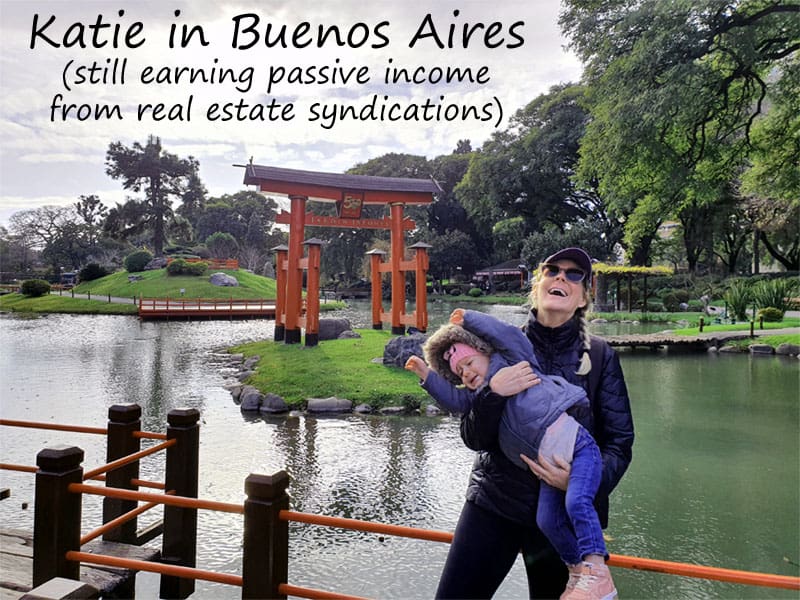







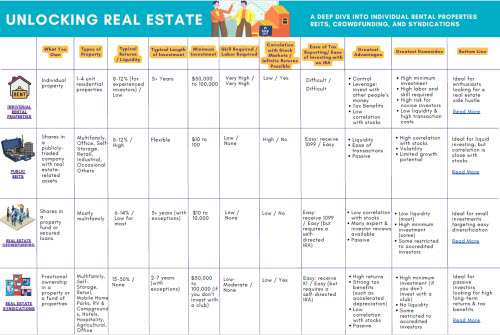


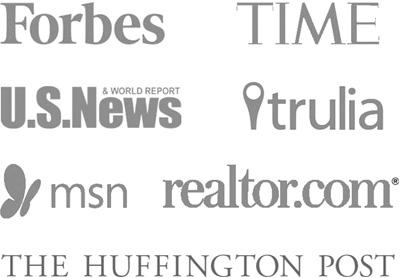
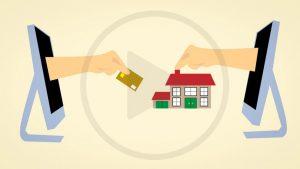




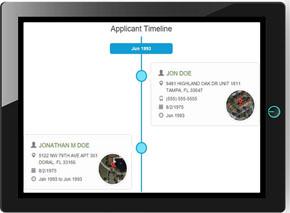




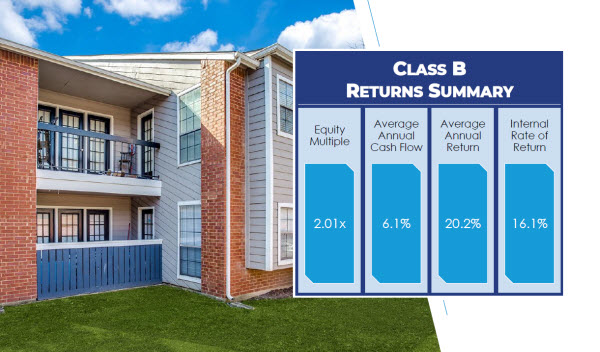



I had never known there is something called a blanket mortgage. This information is so useful for the investors. Thank you for sharing!
Glad it was useful for you Rachel!
These are actually good tips and tricks for investors. Didn’t know about it before.
Not sure why you’re surprised Victor. I won’t take it personally 😉
Real estate has so many different terms which most of us don’t really know. Thanks a lot for sharing.
Very true Jade – real estate investing has a vocabulary all its own!
Very interesting information. Thank you for sharing.
Thanks Mahsan, glad you found it interesting!
Great Information. Very well explained about a blanket mortgage.
Thanks Jack!
Blanket mortgages make the job easier. Wish I’d known that earlier!
I hear you Adam!
Perfect for my next project in 2023!
Glad to hear it Liam 🙂